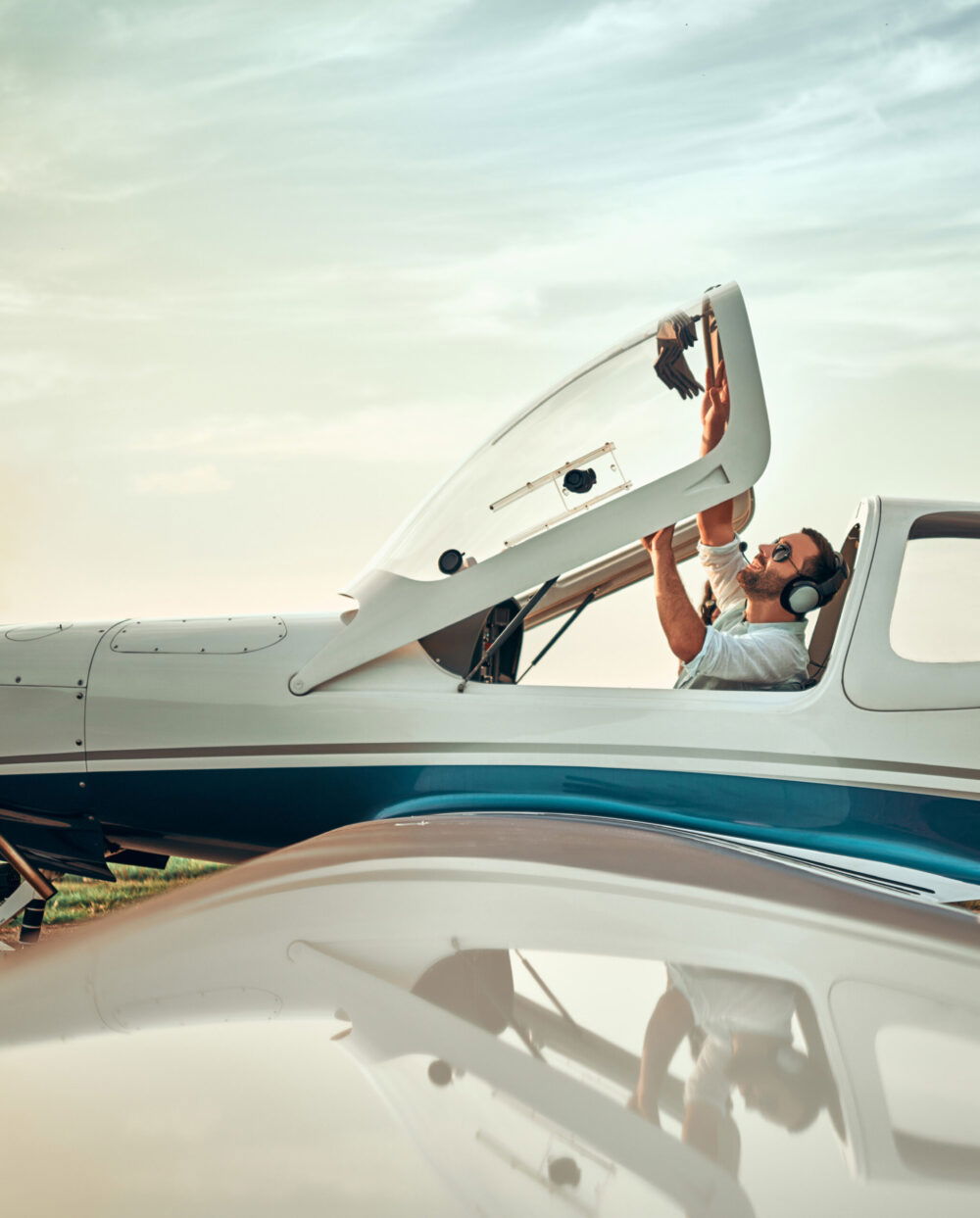A Learjet 35A crashed at Teterboro Airport in northern New Jersey earlier this week and there has been lots of conjecture about what might have happened. Many of the comments have been made by far more knowledgeable pilots than I, but the accident reminded me vividly of a lesson I learned early on while flying a Cessna CJ3 for a Part 135 company.
I was just coming off IOE (initial operating experience) and was flying from Texas to Teterboro one wintry night. The winds were out of the west at 45 knots at 3,000 feet and the ATIS was reporting winds of 340 degrees gusting to 30 at the airport; conditions not too dissimilar to those said to have been present at the time of this week’s crash. The ILS 6 circle-to-land Runway 1 arrival was the plan.
This ILS has a few quirks that become imperceptible to you after the first hundred times you fly it. First of all, there is a mandatory step down between VINGS and DANDY. The unsuspecting aviator, when cleared for the ILS, might just wait for the glideslope to capture, but that would put you above the mandatory 1,500 feet to then circle east to land on Runway 1.
As I did this for the first time with these winds, Greg Longie, my check airman, cautioned me that the brisk westerly flow would push us out east more quickly than I might anticipate and that an early turn toward the runway would be a good idea.
“Don’t wait until you are over [Giants] stadium,” he cautioned.
Also, once you see the airport you can level at a safe altitude until you see the VASI. I did as instructed and landed with a loud “whew.”
Greg got out and another captain took his place for a flight to Boston and back to Teterboro. The captain flew both legs so I was in the right seat this time. Just a few hours after the first approach, we found ourselves on the same approach with the same conditions. In this case the captain flew down to 760 feet, the circle to land minimum. When I queried as to why, the response was that this was the proper circle-to-land height (even though the airport was visible from 1,200 feet).
I watched as a 675-foot antenna whizzed by. I repeated Greg’s admonition to turn in early in anticipation of the winds. We did, but not as early as before and had to increase bank angle to get the crab in to land on Runway 1. We used almost all 7,000 feet of that runway. A lesson learned on two approaches three hours apart.
Did the Learjet 35 crew have to crank it over abruptly, stall and lose control down low? I don’t know. The CJ3, with its straight wing is a docile jet. I’ve flown the Lear 31 but not the 35 with those tip tanks out there on the end of the wing.
I’m just wondering how close many of us have come.




